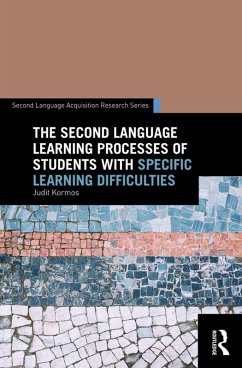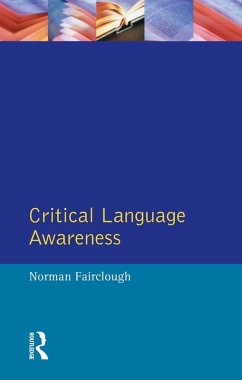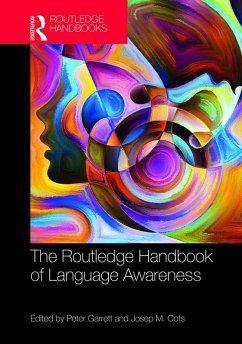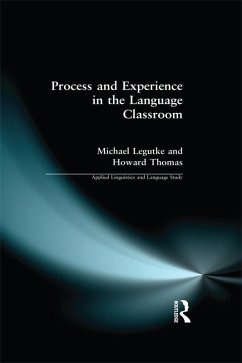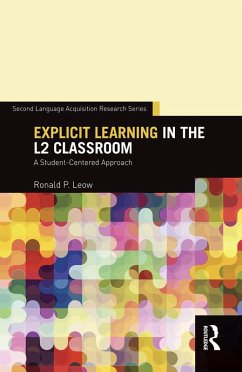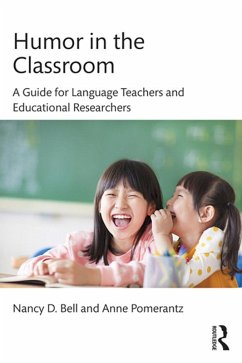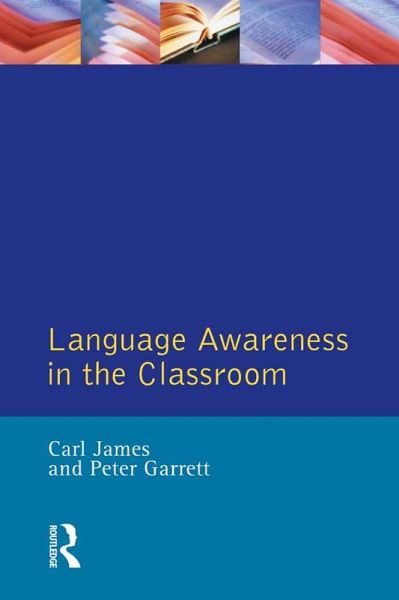
Language Awareness in the Classroom (eBook, ePUB)
Versandkostenfrei!
Sofort per Download lieferbar
52,95 €
inkl. MwSt.
Weitere Ausgaben:

PAYBACK Punkte
26 °P sammeln!
Language Awareness in the Classroom addresses the central educational question of the impact that explicit language knowledge has on learning and language learning.A substantial Introduction defines the issues and key concepts and relates them to contemporary educational policy and practice in Europe and internationally. The papers are organised into four thematic sections: the extent and nature of language awareness in teacher education; school-based language awareness programmes; tertiary education initiatives and modes of evaluation of language awareness programmes.
Language Awareness in the Classroom addresses the central educational question of the impact that explicit language knowledge has on learning and language learning.
A substantial Introduction defines the issues and key concepts and relates them to contemporary educational policy and practice in Europe and internationally. The papers are organised into four thematic sections: the extent and nature of language awareness in teacher education; school-based language awareness programmes; tertiary education initiatives and modes of evaluation of language awareness programmes.
A substantial Introduction defines the issues and key concepts and relates them to contemporary educational policy and practice in Europe and internationally. The papers are organised into four thematic sections: the extent and nature of language awareness in teacher education; school-based language awareness programmes; tertiary education initiatives and modes of evaluation of language awareness programmes.
Dieser Download kann aus rechtlichen Gründen nur mit Rechnungsadresse in A, B, BG, CY, CZ, D, DK, EW, E, FIN, F, GR, HR, H, IRL, I, LT, L, LR, M, NL, PL, P, R, S, SLO, SK ausgeliefert werden.




